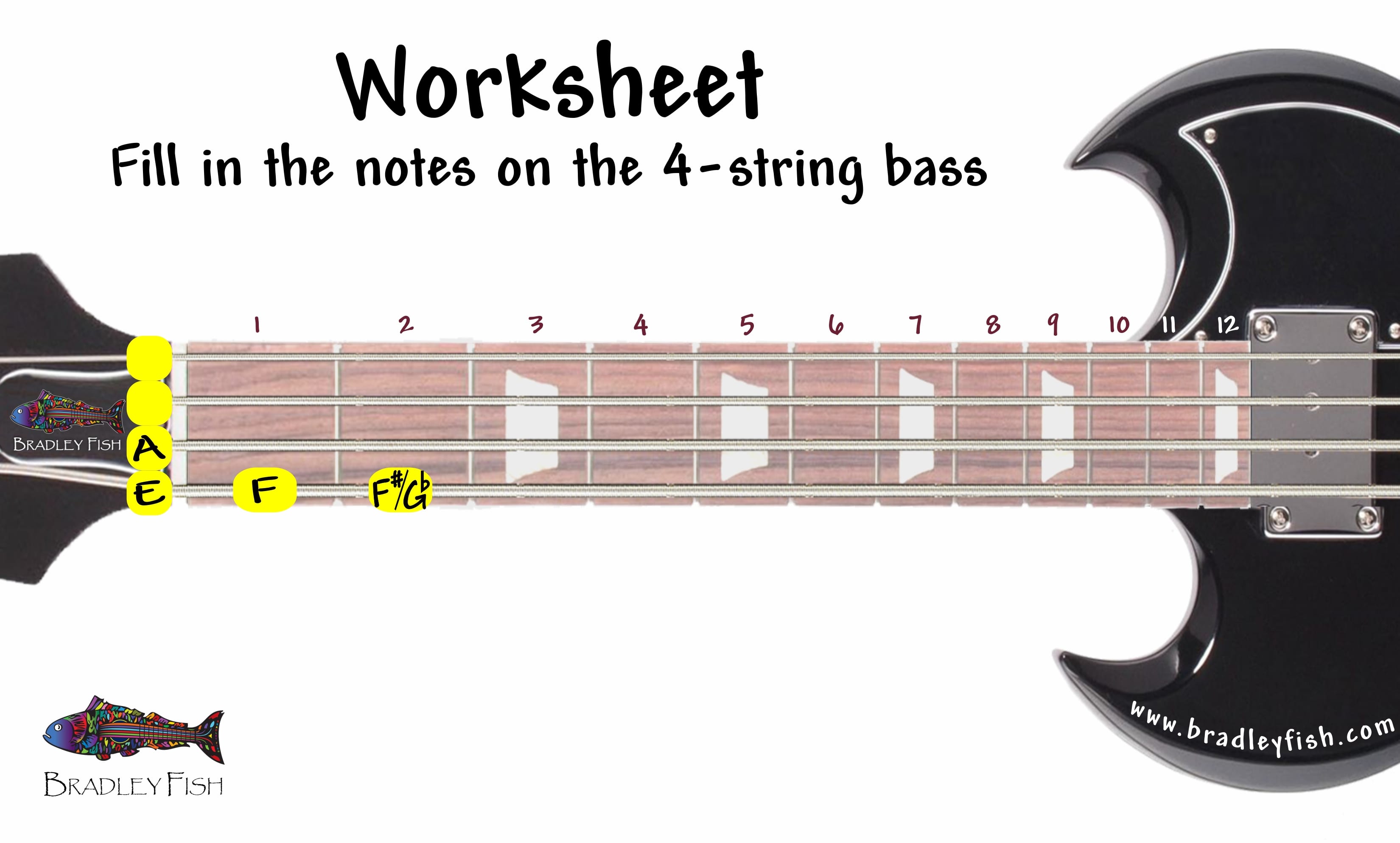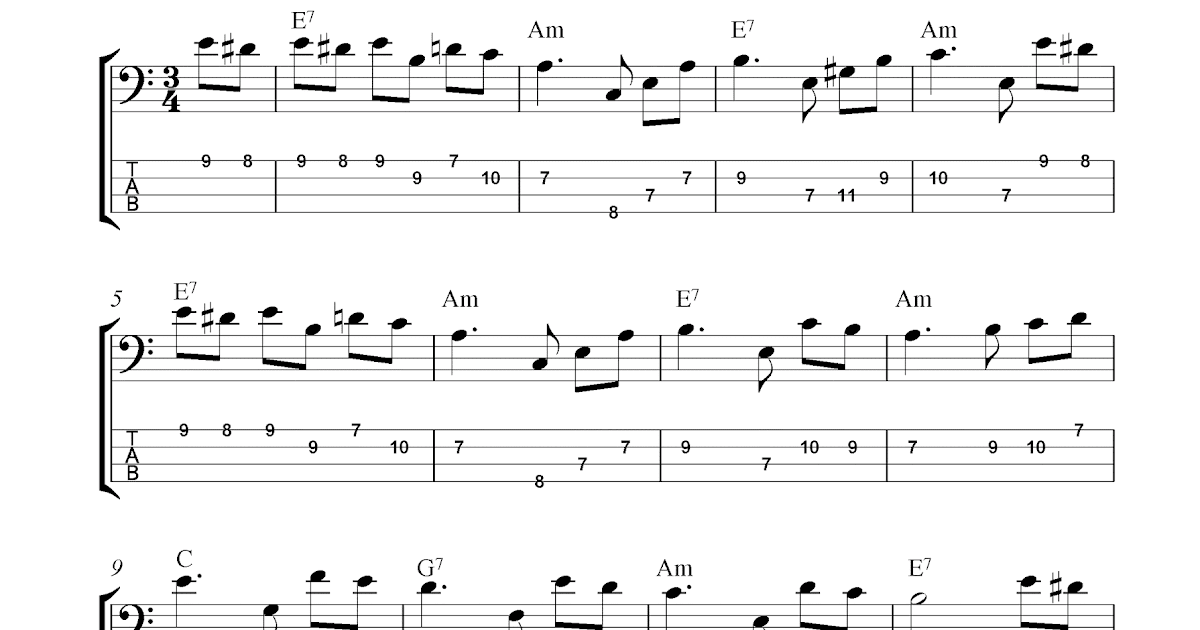

The major scale is a great place to start. Here are a few tips to help you get started: Learn your major scales. One of the biggest challenges for beginner bassists is actually learning and memorizing the notes on the fretboard.
Bass notes how to#
How to Learn the Notes on the Bass Guitar Fretboard Same with D to E (fret seven to fret nine), etc. Look at the top row again: from B to C# (fret four to fret six) is a whole step. Same with C & C# (frets five and six), and so on.Ī whole step, also known as a major second, is equal to two frets (moving left and right) on the fretboard (aka two semitones). Look at the top row (the G string): the notes B & C, frets four and five, are a half step apart. They are the smallest interval in Western music and are also known as semitones. We’ll cover this more in depth in another post ( Interval Basics), but I’ll go ahead and introduce the two smallest intervals: the half step and whole step.Ī half step, also known as a minor second, is equal to one fret (moving left and right) on the fretboard. Since some notes share the same pitch, this explains why there are only 12 pitches.Īn interval is the distance between two notes.

When playing the fourth fret on the E string, the same pitch will ring out – however, depending on the key of the song it could be notated as G# or Ab.

Plucking a string without fretting with the left hand is called an open string.In the above photo, there are four strings and twelve frets shown. Each row is a different string, and each column is a different fret.Shown above is a chart of bass guitar notes up to the twelfth fret. *Note: You may be thinking “If there are seven notes and each note can be natural, sharp or flat, wouldn’t that mean there are 21 pitches total?” It may seem confusing, but keep reading below about the fretboard and enharmonics. Similarly, when a note is flat it is lowered in pitch by one half step (more on half steps below).

When a note is sharp, it is raised in pitch by a half step. When the note G is reached at the end, we repeat back to A.Įach note can be natural (unaltered), sharp (#), or flat (b), resulting in 12 pitches total. When these notes are played in alphabetical order, they will ascend in pitch (and descend in pitch when played in reverse order). Similar to the letters of the English alphabet, notes are the building blocks of music theory, serving as the basic foundation for constructing musical ideas. Simply put, a note is a pitch with a given name. What are notes? How many are there? How do I learn the notes on the bass guitar fretboard? Get the answers to all these questions and more. Why? Because deep down most know that there is value in learning it, and it all starts with one simple concept: notes. Musicians have mixed feelings about music theory, but despite the fact that it may be confusing there is still a desire to grasp understanding of it.


 0 kommentar(er)
0 kommentar(er)
